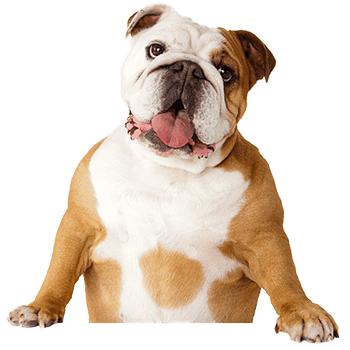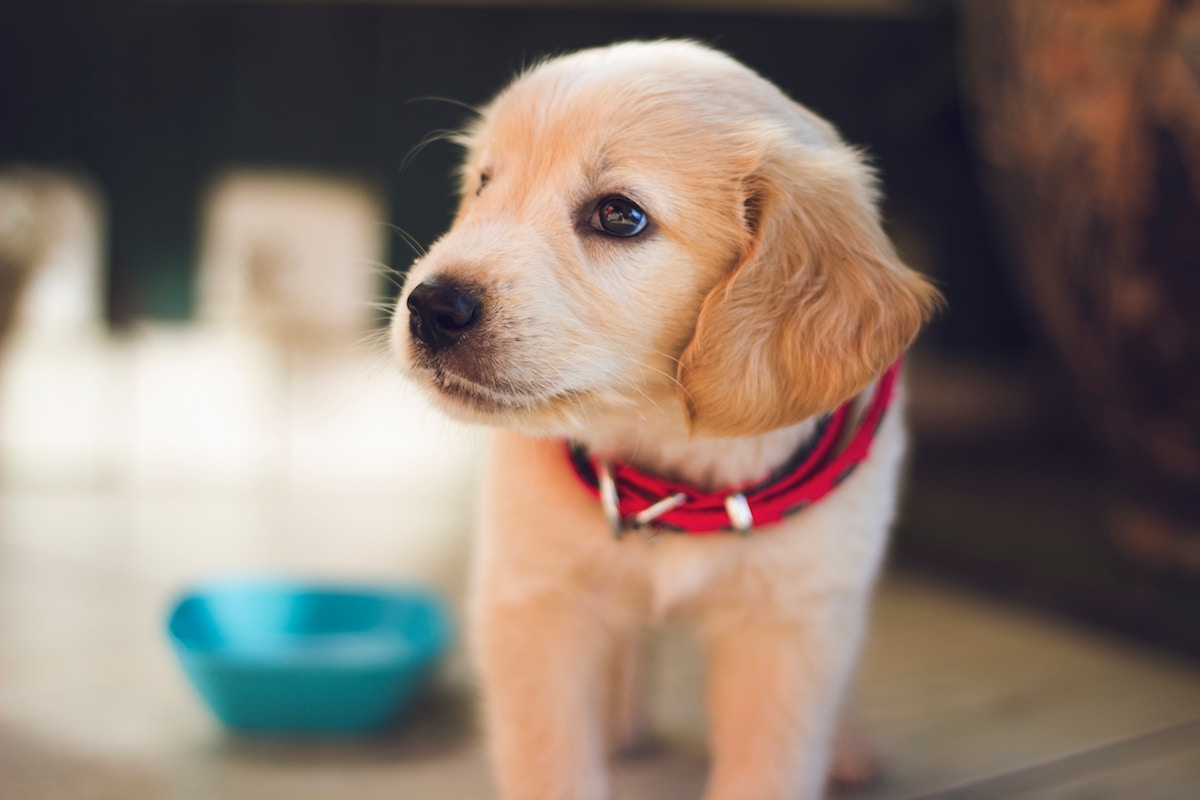Doggy See, Doggy Do
Dogs look up to their elders. Younger dogs will emulate the behavior of older dogs and turn to them for direction.
That’s why it’s incredibly important that you ensure your eldest is well-disciplined and able to set a good example for other dogs in your household to follow.
Dogs imitate us too
Dogs are one of the few animal species that not only look to their own kind for guidance but their owners too.
Studies suggest that because humans have bred dogs for thousands of years, dogs have evolved to rely on us for social coordination.
Dogs have what’s called “automatic imitation”. Several tests have shown that dogs will imitate their owners even if it means sacrificing the carrot of food. The desire to follow the lead of another is innately a part of dogs.
The good news is that dogs aren’t sadists: they want to imitate behaviors they think are going to be beneficial to them. Much like the way small children will copy their parents, dogs will look to actions that we repeat, ascertain whether there is a utility in performing this action, then try their own version.
That’s why you’ll often see dogs mimicking the act of putting a paw – hand – to a doorknob in an attempt to get the door open.
Imitation is the sincerest form of flattery
So why are dogs wired this way? What’s causing them to observe behaviors in the world and stake a claim to them too?
Well, one thing we do know for sure is that dogs are pack animals. They expect to be a part of the herd; to be a follower positioned somewhere on the hierarchy. Dogs look up to a pack leader and follow their lead accordingly.
What does this mean for you, the owner?
It means you need to be the pack leader.
You are the provider of food in the home and the exemplar of discipline.
Here are some general tips to lead with authority, and to keep your dogs in line.
- Introduce discipline to the home.
Dogs that are rewarded for good behavior and punished for bad behavior will be better positioned to understand what it is you expect from them. You can’t expect a dog to be well behaved if it’s never been taught the difference between good and bad. Use treats to set the benchmark; to reinforce positive behaviors. Discipline dogs by ignoring them or using the scruff-shake technique. That is, grabbing the scruff of their neck and giving them a short, sharp shake.
Always discipline dogs when they are in the act of behaving badly. In other words, don’t wait until they’ve finished before you reprimand them. This will create confusion in the dog’s mind.
Also, don’t think your words are going to make the difference. If anything, words create more confusion in the animal’s mind.
- Implement a routine
Dogs enjoy knowing how their day is going to unfold and the pack leader is responsible for setting this agenda. Make sure you walk your dog regularly (every day is ideal but not always possible) and stick to regular walking slots.
- Domesticated dogs wait for their food
Even though your dog is not having to hunt for its food, it shouldn’t expect to receive its food too easily.
By making your dog wait for its food, you’ll train your dog to realize that it needs to submit to you as the pack leader.
When your dog is calm and submissive, it gets the food it wants.
You are in charge; you are the provider. Your animal should respond in kind.



